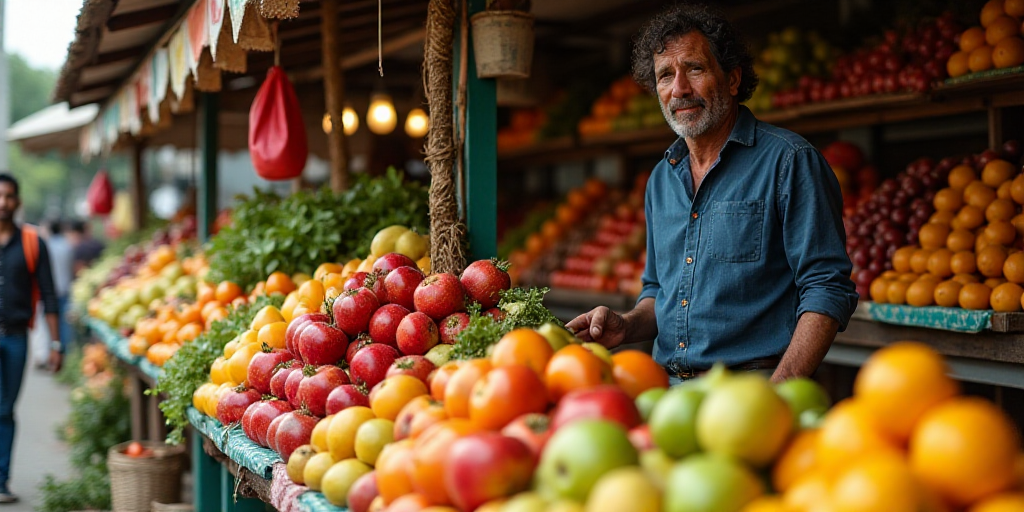Background on Key Figures and Institutions
Mexico has recently experienced one of the top 10 highest annual food inflation variations among the Organization for Economic Cooperation and Development (OCDE) countries in May, with a 5.1% increase in food prices.
To provide context, the OCDE is an international organization that promotes policies to improve the economic and social well-being of people around the world. It comprises 38 member countries, including Mexico.
Key figures mentioned in the article are:
- Alberto Ramos: Economist for Latin America at Goldman Sachs, who highlighted rising fruit and vegetable prices as a source of inflation risk.
- Pamela Díaz: Economist for Mexico at BNP Paribas, who explained the impact of avian influenza in the U.S. and Brazil on chicken prices.
- Arturo Vieyra: Chief Economist at Coppel, who discussed the disproportionate effect of food inflation on lower-income families.
Mexico’s Food Inflation Surpasses OCDE Average
Mexico’s annual food inflation rate of 5.1% in May exceeded the OCDE average of 4.6%, according to monthly data collected by the organization for its 38 member countries.
This increase was significant compared to the previous month, when Mexico’s annual food inflation rate stood at 3.6%.
Experts’ Analysis
Alberto Ramos from Goldman Sachs warned that rising fruit and vegetable prices pose an inflation risk, encouraging price rigidity in services.
Pamela Díaz from BNP Paribas explained that chicken prices were affected by avian influenza in the U.S. and Brazil, even though chicken prices typically don’t respond to monetary policy. However, these price changes impact service prices that should adjust to the restrictions applied by Mexico’s central bank, Banco de México.
Arturo Vieyra from Coppel pointed out that food inflation disproportionately affects lower-income families, as they allocate a larger portion of their income to essential goods like food.
Uncertainty Around Growth and Inflation
The OCDE experts, in their Economic Outlook report for 28 partner countries, noted that Mexico’s high exposure to the U.S. market results in uncertain growth and inflation expectations.
Comparison with Other Countries
If ranked by annual food inflation in May, Turkey would lead with a 32.9% increase, followed by Japan at 6.9%, and Iceland at 5.9%.
Energy Inflation in Mexico
Mexico’s energy inflation rate reached 3.5% annually in May, surpassing the OCDE average of -0.3%, indicating an increase in energy prices.
Key Questions and Answers
- What is the OCDE? The Organization for Economic Cooperation and Development (OCDE) is an international organization that promotes policies to improve the economic and social well-being of people around the world. It comprises 38 member countries, including Mexico.
- Who are the key figures mentioned?
- Alberto Ramos: Economist for Latin America at Goldman Sachs, who highlighted rising fruit and vegetable prices as a source of inflation risk.
- Pamela Díaz: Economist for Mexico at BNP Paribas, who explained the impact of avian influenza in the U.S. and Brazil on chicken prices.
- Arturo Vieyra: Chief Economist at Coppel, who discussed the disproportionate effect of food inflation on lower-income families.
- What causes Mexico’s food inflation concerns? Rising fruit and vegetable prices, along with the impact of avian influenza on chicken prices, contribute to Mexico’s food inflation concerns.
- How does food inflation affect lower-income families? Lower-income families are more affected by food inflation as they allocate a larger portion of their income to essential goods like food.
- What are the uncertainties around Mexico’s growth and inflation? Mexico’s high exposure to the U.S. market results in uncertain growth and inflation expectations, according to OCDE experts.






